Product Name: Aluminum Forging
Product Type: Metal Forging
Material: Aluminum
Shape: Customized
Surface Treatment: Anodizing, Powder Coating, Spray Painting, Polishing
Production Process: Die Casting, Press Forging
Advantages:
1. High strength-to-weight ratio
2. Superior mechanical properties
3. Enhanced resistance to fatigue and wear
4. Tight dimensional tolerances
5. Cost-effective production
| Color | Silver |
|---|---|
| Material | Aluminum |
| MOQ | 1 Pcs |
| Sample | Available |
| Place of Origin | China |
Product Details
MINGYU Tech, is a leading aluminum j channel extrusion company providing quality products and services to various industries. Our company has a team of experienced engineers, designers and technicians, and we work closely with our customers to provide customized solutions that meet their unique requirements. MINGYU Tech offers a wide range of extrusion capabilities including cutting, bending, anodizing and CNC machining. With its commitment to continuous improvement and customer satisfaction, MINGYU Tech has earned a strong reputation in the market.
One of the key advantages of aluminum j channel extrusion is its lightweight nature. Aluminum is a lightweight metal, making it ideal for applications where weight reduction is important. It also has a high strength-to-weight ratio, making it suitable for structural components. Additionally, aluminum is corrosion-resistant, making it a durable choice for outdoor and industrial use.
Another benefit of aluminum j channel extrusion is its versatility. The process allows for the creation of intricate designs and complex shapes, giving designers and engineers the freedom to develop innovative and unique products. This versatility extends to the range of aluminum alloys that can be used in the extrusion process, each with its own unique properties and characteristics.
aluminum j channel extrusion also offers cost-effective production. It is a highly efficient process, which allows for large-scale production with minimal waste. This results in lower production costs, making aluminum j channel extrusion a more affordable option compared to other metal shaping methods. The use of lightweight and durable aluminum also contributes to cost savings in transportation and installation.
| OEM/ODM | Yes |
| Length | Customised Length |
| shape | customized |
| Material | 6463 6063 Aluminum Alloys |
| Colour | Customised colour |
| MOQ | 150 Kilograms |
| Fabrication | Machining, CNC, sawing, milling, punching, lathing, tapping, chamfering, laser, cold drawing |
| Type | windor frame, Home decoration profiles,furniture products,furniture handle. |
| Certificate | For SGS, ISO9001 2015, RoHS |
| Surface Processing | Anodize, Polish, Brush, Coating |
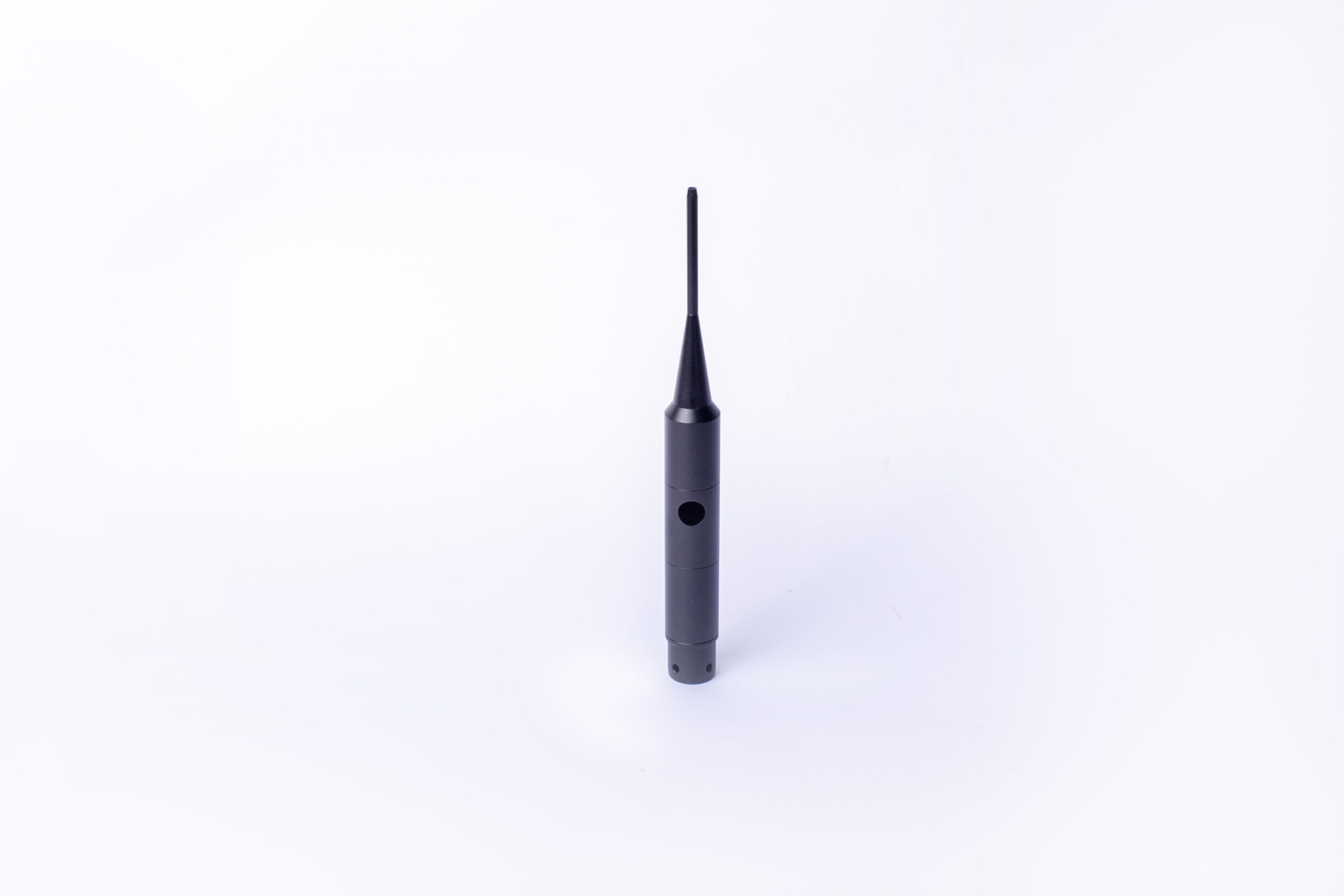
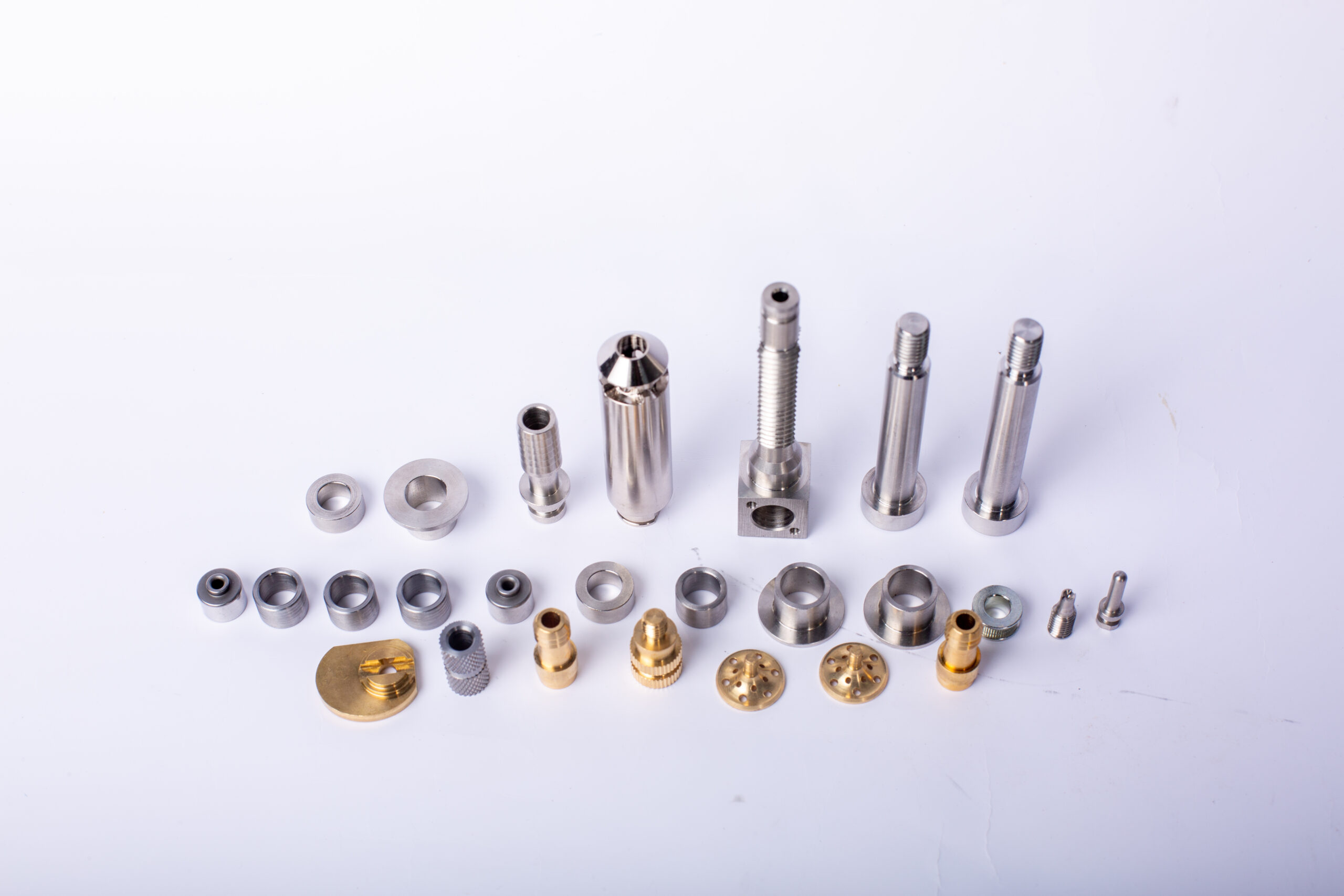
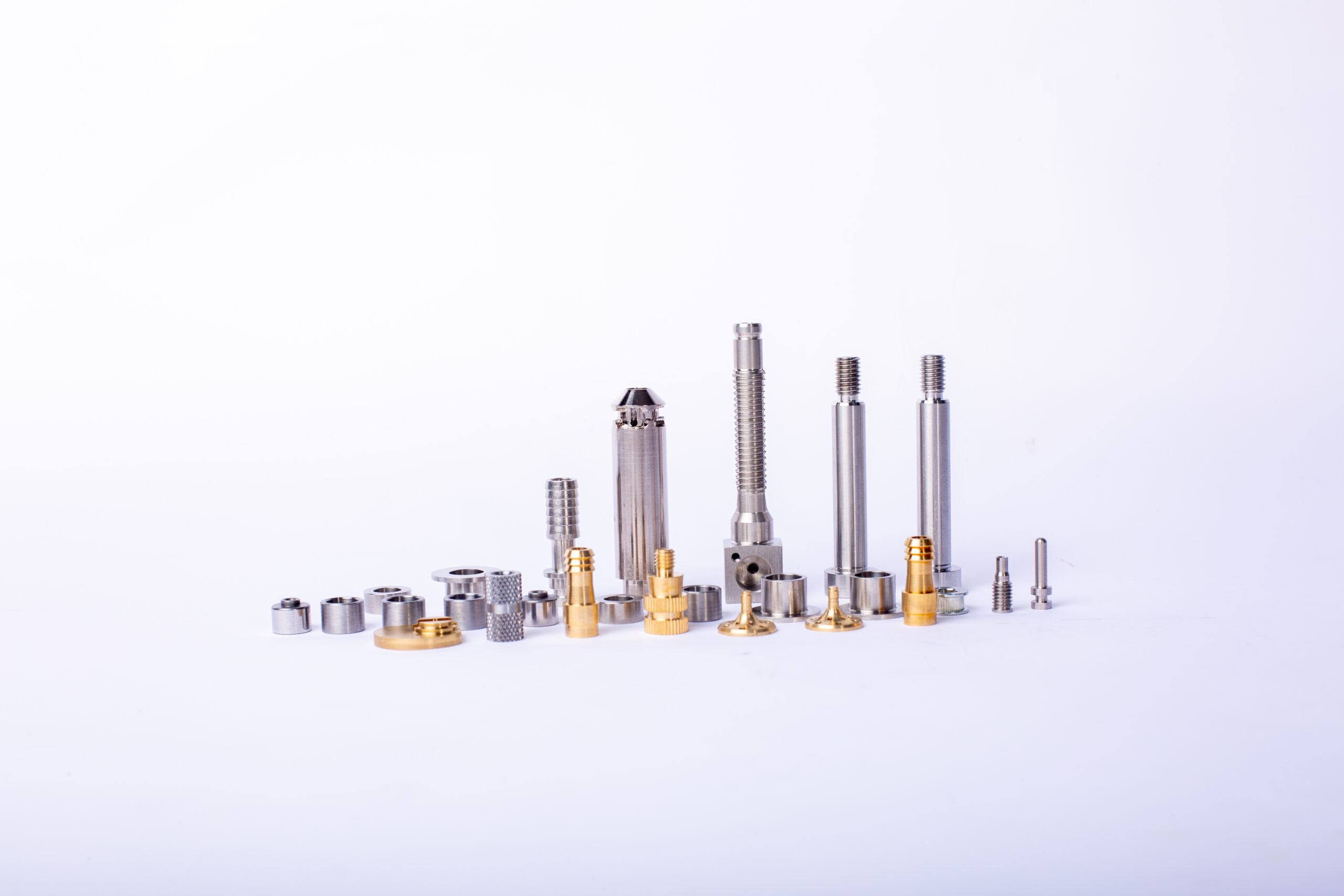
aluminum j channel extrusion FAQs Guide.
In this guide, we will provide you with all the information you need to know about our top-quality aluminum j channel extrusion and how they can benefit you and your projects. With extensive experience in the industry, our products are trusted by professionals and DIY enthusiasts alike. From industrial applications to home improvement projects, our aluminum j channel extrusion offer durability, versatility, and customization options to meet all your needs. Read on to discover more about our aluminum j channel extrusion products and why they should be your top choice.
1.What is the weight-to-strength ratio of aluminum j channel extrusion compared to other materials?
We have a good reputation and image in the industry. The quality and price advantage of aluminum j channel extrusion products is an important factor in our hard overseas market.
The weight-to-strength ratio of aluminum extrusion is generally higher than other materials, such as steel and wood. Aluminum extrusion is lightweight and strong, making it an ideal choice for many applications. It is also corrosion-resistant and has a high thermal conductivity, making it suitable for use in a variety of industries.
2.Can aluminum j channel extrusion be used in space applications?
Yes, aluminum extrusion can be used in space applications. Aluminum is a lightweight, strong, and corrosion-resistant material that is well-suited for use in space applications. It is used in the construction of spacecraft, satellites, and other space-related structures. Aluminum extrusion is often used to create complex shapes and components for space applications, such as frames, brackets, and other structural components.
3.What quality control measures are taken during the extrusion process?
We have advantages in marketing and channel expansion. Suppliers have established good cooperative relations, continuously improved workflows, improved efficiency and productivity, and provided customers with high -quality products and services.
1. Visual inspection: Inspecting the extruded product for any defects or inconsistencies in shape, size, and color.
2. Dimensional checks: Checking the dimensions of the extruded product to ensure it meets the required specifications.
3. Material testing: Testing the material used in the extrusion process to ensure it meets the required standards.
4. Pressure testing: Testing the pressure of the extrusion process to ensure it is within the required range.
5. Temperature testing: Testing the temperature of the extrusion process to ensure it is within the required range.
6. Speed testing: Testing the speed of the extrusion process to ensure it is within the required range.
7. Quality assurance: Ensuring that the extruded product meets the required quality standards.
4.What are the heating sources used in the extrusion process?
The most common heating sources used in the extrusion process are electric resistance heaters, gas-fired burners, and hot oil systems. Electric resistance heaters are the most common and are used to heat the barrel of the extruder. Gas-fired burners are used to heat the die and other components of the extruder. Hot oil systems are used to heat the barrel and die of the extruder.
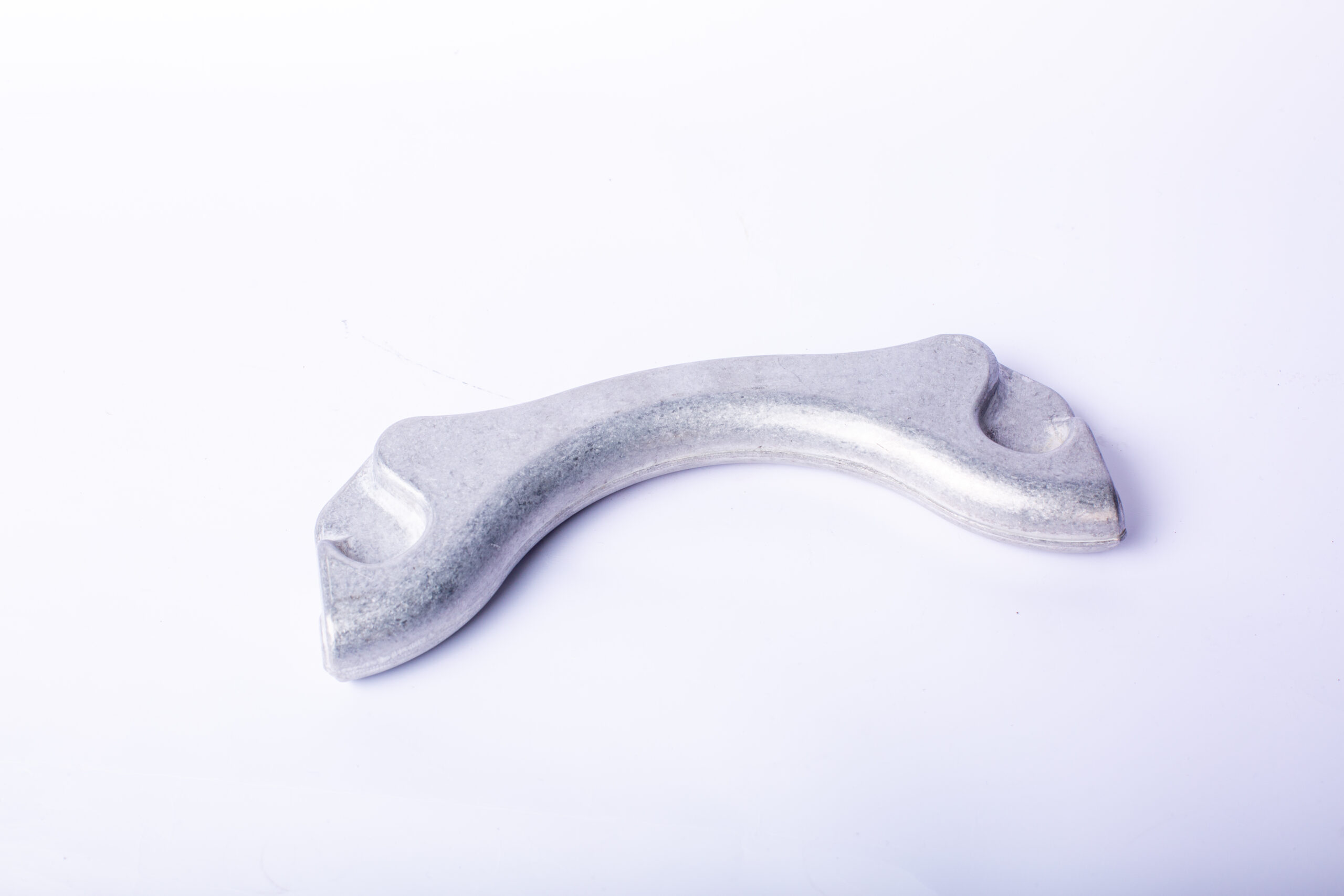
5.How does the choice of lubrication method affect the extrusion process?
The choice of lubrication method can have a significant impact on the extrusion process. Different lubrication methods can affect the surface finish of the extruded product, the amount of friction generated during the process, and the amount of energy required to complete the extrusion. For example, using a dry lubricant such as graphite or molybdenum disulfide can reduce friction and improve surface finish, while using a wet lubricant such as oil or grease can reduce friction and improve the flow of the material. Additionally, the choice of lubrication method can affect the amount of heat generated during the process, which can have an impact on the quality of the extruded product.
6.Can aluminum extruded products be welded?
We focus on innovation and continuous improvement to maintain a competitive advantage.
Yes, aluminum extruded products can be welded. However, the welding process must be done carefully to ensure that the welded joint is strong and free of defects.
7.How does the choice of extrusion temperature affect the mechanical properties of the final product?
We maintain a certain amount of R&D investment every year and continuously improve operational efficiency to provide better services to our cooperative customers.
The extrusion temperature affects the mechanical properties of the final product in several ways. At higher temperatures, the material is more malleable and easier to shape, but it also becomes more brittle and prone to cracking. At lower temperatures, the material is more rigid and less prone to cracking, but it is also more difficult to shape. The extrusion temperature also affects the crystallinity of the material, which in turn affects its strength and ductility.
8.What are the advantages of using aluminum j channel extrusion over other manufacturing processes?
Our mission is to provide customers with the best solutions for aluminum j channel extrusion.
1. Cost-effectiveness: Aluminum extrusion is a cost-effective process that can produce complex shapes with minimal waste.
2. Versatility: Aluminum extrusion can be used to create a wide variety of shapes and sizes, making it a versatile manufacturing process.
3. Strength: Aluminum extrusion is a strong and durable process that can produce parts with high strength-to-weight ratios.
4. Design Flexibility: Aluminum extrusion allows for a wide range of design possibilities, allowing for complex shapes and intricate details.
5. Speed: Aluminum extrusion is a fast process that can produce parts quickly and efficiently.
6. Recyclability: Aluminum is a recyclable material, making aluminum extrusion an environmentally friendly process.
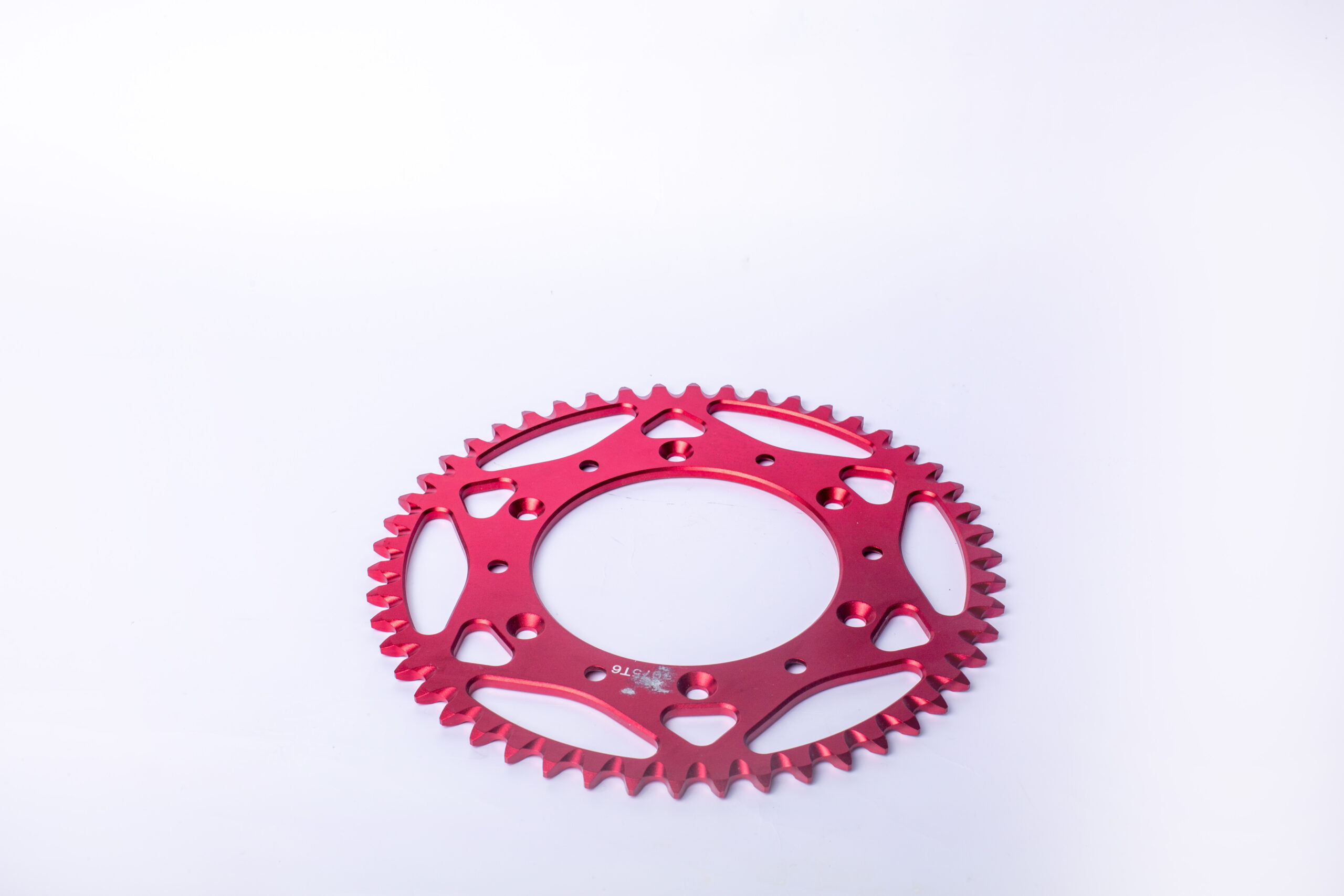
9.What are the factors that determine the strength of an extruded product?
Our products & services cover a wide range of areas and meet the needs of different fields.
1. Alloy composition: The alloy composition of the material used to make the extruded product will affect its strength. Different alloys have different properties, and some are stronger than others.
2. Extrusion temperature: The temperature at which the material is extruded will affect the strength of the product. Higher temperatures can cause the material to become more malleable, which can lead to a weaker product.
3. Extrusion speed: The speed at which the material is extruded will also affect the strength of the product. Faster speeds can cause the material to become more malleable, which can lead to a weaker product.
4. Die design: The design of the die used to extrude the material will also affect the strength of the product. Different die designs can cause the material to be extruded in different ways, which can lead to different strengths.
5. Cooling rate: The rate at which the material is cooled after extrusion will also affect the strength of the product. Faster cooling rates can cause the material to become more brittle, which can lead to a weaker product.
10.What advancements have been made in the aluminum j channel extrusion process in recent years?
We have advanced production equipment and technology to meet the needs of customers, and can provide customers with high quality, low priced aluminum j channel extrusion products.
1. Automation: Automation has been a major advancement in the aluminum extrusion process in recent years. Automated systems can reduce labor costs, improve product quality, and increase production efficiency.
2. Improved Die Design: Advances in die design have allowed for more complex shapes to be extruded with greater accuracy and precision.
3. Improved Alloy Selection: New alloys have been developed that are better suited for extrusion, allowing for improved strength and durability.
4. Improved Cooling Systems: Improved cooling systems have been developed that allow for faster cooling times and improved product quality.
5. Improved Quality Control: Quality control systems have been developed that allow for better monitoring of the extrusion process and improved product quality.
11.What is the difference between hot and cold extrusion?
aluminum j channel extrusion is not a product only, but also can help you comes to money-making.
Hot extrusion is a process in which a metal is heated to a temperature above its recrystallization temperature and then forced through a die to form a desired shape. Cold extrusion is a process in which a metal is forced through a die at room temperature or slightly above. Cold extrusion is typically used for softer metals such as aluminum, copper, and brass, while hot extrusion is used for harder metals such as steel and titanium. Hot extrusion is more expensive and time consuming than cold extrusion, but it produces a stronger and more precise product.
12.Can aluminum j channel extrusion be used for structural applications?
As one of the top aluminum j channel extrusion manufacturers in China, we take this very seriously.
Yes, aluminum extrusion can be used for structural applications. It is a versatile material that can be used for a variety of applications, including structural applications. Aluminum extrusion is strong, lightweight, and corrosion-resistant, making it an ideal material for structural applications.

13.What factors should be considered when selecting an aluminum j channel extrusion supplier?
We have broad development space in domestic and foreign markets. aluminum j channel extrusion have great advantages in terms of price, quality, and delivery date.
1. Quality: Quality should be the top priority when selecting an aluminum extrusion supplier. Make sure to ask for samples of their work and check for any defects or inconsistencies.
2. Cost: Cost is an important factor to consider when selecting an aluminum extrusion supplier. Make sure to compare prices and get quotes from multiple suppliers to ensure you are getting the best deal.
3. Experience: Experience is key when selecting an aluminum extrusion supplier. Make sure to ask about their experience in the industry and the types of projects they have completed in the past.
4. Delivery: Delivery is an important factor to consider when selecting an aluminum extrusion supplier. Make sure to ask about their delivery times and any additional fees associated with shipping.
5. Customer Service: Customer service is an important factor to consider when selecting an aluminum extrusion supplier. Make sure to ask about their customer service policies and how they handle any issues that may arise.
14.Can aluminum j channel extrusion be used in corrosive environments?
We pay attention to user experience and product quality, and provide the best product quality and lowest production cost for cooperative customers.
Yes, aluminum extrusion can be used in corrosive environments. Aluminum is a corrosion-resistant material, and when used in extrusion, it can be further protected with a variety of coatings and finishes. These coatings and finishes can help protect the aluminum from corrosion and other environmental factors.
Tag:aluminum quarter round extrusion,aluminum half round extrusion,bullnose aluminum extrusion
Product Inquiry
We will respond within 12 hours, please pay attention to the email “@163.com” or “@alumforge.com”.
Also, you can go to the Contact Page, which provides a more detailed form, if you have more inquiries for products or would like to obtain OEM service.
Our sales experts will respond within 24 hours, please pay attention to the email with the suffix “@163.com”.